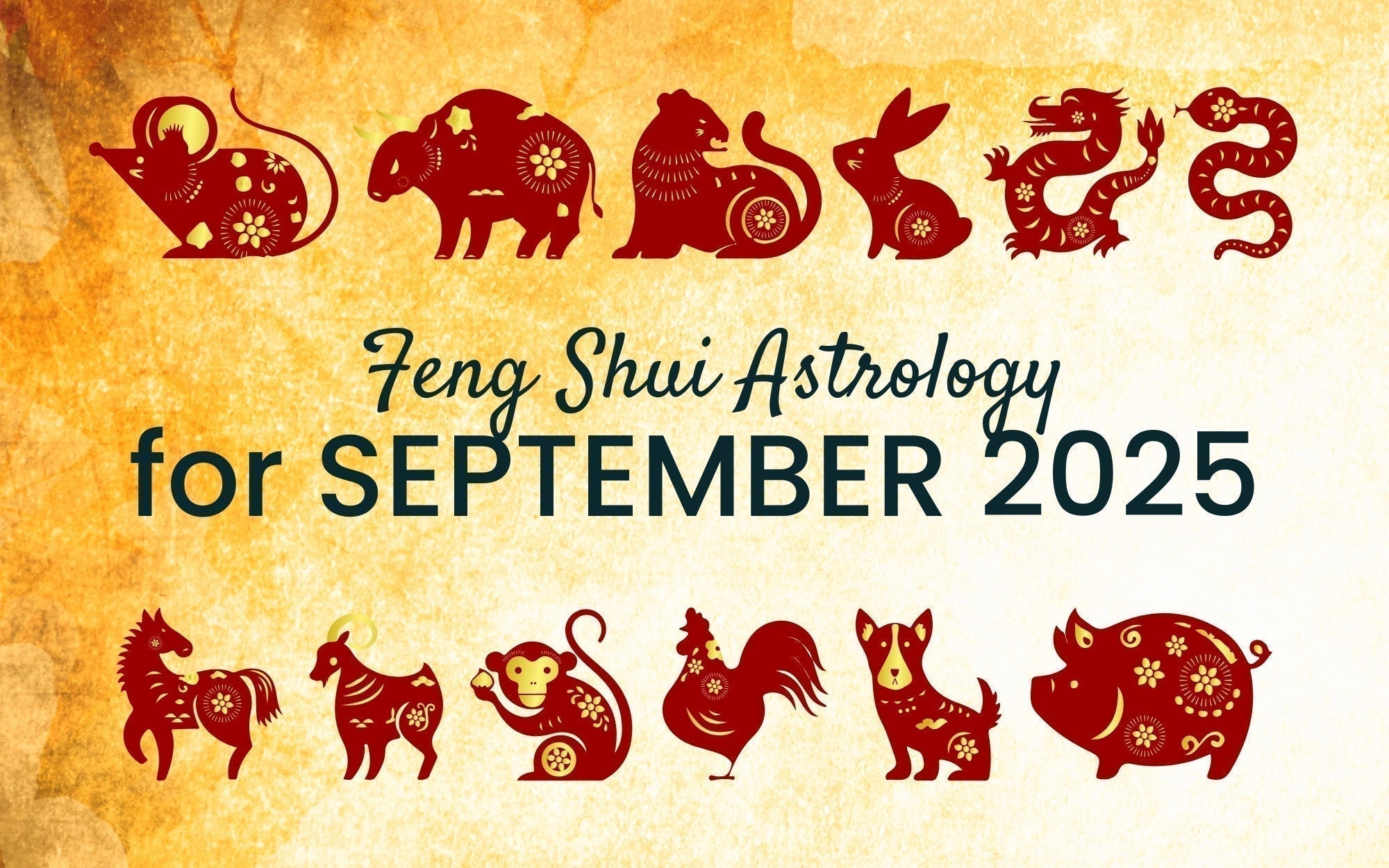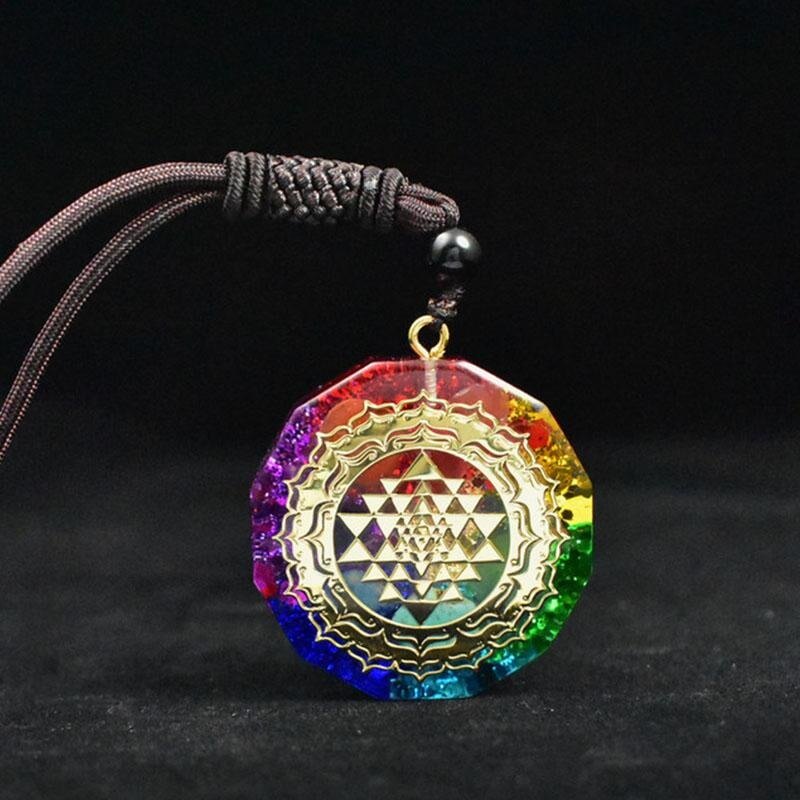Curious about the meaning behind dream catchers? Unravel the mystery as you explore the significance and symbolism woven into this intricate symbol. Discover how dream catchers originated, their cultural importance, and the beliefs surrounding them. Dive into a world where dreams intertwine with spirituality and tradition, shaping your understanding of these captivating talismans.
In this article
Dream Catcher Origins
Ojibwe Beginnings
Dream catchers trace back to the Ojibwe tribe, with their creation inspired by the spider's web and its symbolic protection against bad dreams. This tradition then spread to other tribes, notably the Lakota, through intermarriage and cultural exchange.
Initially crafted as talismans to protect sleeping individuals, especially children, from negative energies and nightmares, each element of the dream catcher holds a specific connection to nature and spirituality. Over time, these items have evolved from their traditional role to become popular decorative pieces, while still retaining their cultural significance and artisanal value.
Legend of the Spider Woman
The origins of this symbol are deeply intertwined with the Ojibwe tribe's folklore, notably involving the figure known as the “Spider Woman,” or Asibikaashi. She played a vital role as a protector of the people, especially the young ones, by weaving magical webs to capture bad dreams and allow only good dreams to pass through.
As the Ojibwe people spread across North America, it became challenging for the Spider Woman to reach all those in need. Thus, the dream catcher was created by the tribe's women to emulate her protective webs, ensuring everyone remained under her care, even in distant lands. This adaptation allowed the tradition to persist and evolve, maintaining a connection to the natural world and spiritual protection across generations.
Native American Significance
For Native Americans, dream catchers served as talismans that shielded sleepers from malevolent forces during the night. The intricate webs within these items were believed to ensnare negative energy, preventing it from affecting those under their protection.
According to Native American beliefs, dreams held significant sway over an individual's character development. Positive dreams were seen as nurturing qualities like courage and kindness, while negative dreams could lead one astray if left unchecked.
Cultural Myths
Despite common misconceptions about spiders being associated with fear or negativity in various cultures, for the Ojibwe tribe, they symbolized protection and comfort. Dream catchers were intricately designed to ward off evil spirits by capturing bad dreams before they could reach those sleeping beneath them.
Dream Catcher Meaning & Symbolism

Filtering Dreams
Dream catchers attract and filter various dreams and thoughts, letting only the positive ones through. The feathers and beads attached to them help guide good dreams to you while trapping bad dreams.
Beautiful dreams gracefully pass through the intricate web of threads, gently floating down the feathers to bring comfort during your sleep. On the other hand, negative dreams get caught in the web, where they are dissolved by daylight's first rays.
Positive Energies
In Native American culture, dream catchers represent positive energies and offer protection. They are believed to attract good dreams for peaceful nights. These mystical objects are thought to foster trust, maturity, kindness, and loyalty in those who possess them.
Virtues for Native Americans
Native American dream catchers hold significant virtues like providing protection and a sense of security. Historically used by women as protective talismans for their families, these artifacts symbolize connection with natural elements such as earth (beads), air (feathers), fire (center hole), and water (web).
Beliefs and Interpretations
For centuries, Native Americans have revered dreams as influential forces that shape cultural beliefs deeply rooted in spirituality. Dreams are seen as messengers guiding one's conscious soul towards enlightenment. They play a vital role in nurturing traits like trustworthiness, maturity, kindness, and loyalty among individuals.
Types of Dream Catchers

Traditional Designs
Wooden rings are commonly used as the base, covered with natural fibers like sinew or leather. Each part of a dream catcher, such as the web and feathers, closely reflects elements from nature.
The circular shape of a dream catcher symbolizes the journey of the sun and moon across the sky. This design is believed to filter out bad dreams and allow only good dreams to pass through.
Modern Variations
In modern times, various Native American artists have created unique variations of dream catchers using contemporary materials and designs. These modern versions can be easily integrated into daily life as decorations or even worn as jewelry pieces.
You can find a wide range of modern dream catchers online or in stores that showcase innovative styles while still honoring the traditional symbolism associated with these protective talismans.
Kachina and Inuit
Dream catcher traditions vary between Kachina tribes and Inuit communities. While Kachina tribes may focus on intricate beadwork and symbolic patterns, Inuit communities often incorporate elements inspired by Arctic wildlife into their designs.
Both cultures attach deep cultural significance to dream catchers, viewing them as powerful symbols for protection and spiritual guidance within their respective traditions.
Butterfly and Rainbow
Incorporating butterflies or rainbows into dream catcher designs adds layers of symbolism related to transformation, beauty, and hope. These elements not only enhance the aesthetic appeal but also carry profound symbolism in various cultures worldwide.
Butterflies symbolize rebirth and growth, while rainbows represent harmony and promise amidst life's challenges—a beautiful fusion of nature's wonders intertwined with spiritual beliefs surrounding dream interpretation.
The Crafting Process

Materials Used
When creating dream Catchers, traditional materials like natural fibers, feathers, beads, and wooden rings are commonly utilized. It is crucial to adhere to using all-natural elements in making a dream catcher as per tradition. The significance behind incorporating specific materials such as feathers, beads, net, and wooden rings lies in their symbolic meanings.
Step-by-Step Creation
To craft a traditional Native American dream catcher by hand, you start by selecting the necessary materials. The process involves intricate weaving techniques and decorative steps. Each step holds cultural importance deeply rooted in Native American traditions.
Color Significance
Exploring the symbolic meanings of colors used in traditional dream catcher designs reveals a rich tapestry of cultural significance. Specific colors are chosen based on their representations within Native American culture. These color choices reflect various aspects like nature, spirituality, or emotions embedded within the essence of a dream catcher.
Common colors used in making a dream catcher include:
- Black - representing living things and earth
- White - symbolizing purity and the south
- Red - denoting the east and sunrise or blood and energy
- Blue - indicating the sky, water, and the north
- Yellow - associated with the west and sunset.
These colors can represent a wide range of concepts, including but not limited to, the natural elements, spiritual beliefs, and directional symbolism.
Using a Dream Catcher in Jewelry

Wearing jewelry inspired by the dream catcher allows you to imbue personal meanings and intentions into your accessories. These pieces symbolize protection, positivity, and a connection to spiritual beliefs, enhancing your overall style.
Fortunately, Native American artisans employ intricate techniques to create stunning earrings and necklaces featuring this powerful symbol. These pieces often feature traditional symbols like feathers or beads, adding cultural significance to your accessory.
Crafted with care and attention to detail, these handmade jewelry beautifully capture the essence of dream catchers. If you’re looking to add the symbol to your jewelry collection, the online market offers a variety of unique necklaces and earrings inspired by these traditional motifs.
Decorative Uses
When decorating your home, consider incorporating dream catchers for added aesthetic appeal. Hang them above your bed or near windows to create a whimsical and bohemian vibe. Various sizes and styles are available both online and in stores to suit your decor preferences.
Get creative with where you place dream catchers in your home. Think beyond just bedrooms; consider hanging them in unique locations like the living room or even the kitchen for an unexpected touch of charm. Experiment with unconventional placements that can elevate the overall interior design aesthetics using these beautiful pieces.
Modern Adaptations
When exploring modern adaptations of dream catchers, consider the incorporation of various materials like net, feathers, and beads. These elements not only enhance aesthetics but also carry significant cultural symbolism.
Wearing jewelry inspired by traditional symbols like feathers or beads can go beyond mere decoration. It can serve as a connection to your roots and heritage, fostering a sense of identity and belonging.
For many individuals, wearing such jewelry is more than a fashion statement; it's a personal reminder of values and beliefs. Symbols on these pieces often represent protection, positivity, spirituality, or other meaningful aspects that resonate with your inner self.
Ethical Considerations & Cultural Appropriation
Cultural appropriation involves using elements from a culture that's not your own without permission or understanding. This can disrespect the culture and its people, especially if sacred symbols like dream catchers are used without acknowledging their significance and history. It's key to appreciate and respect the origins and meanings of cultural items to avoid diminishing their value.
That’s why it’s crucial to think about the dream catcher’s cultural background before you use them. It's important to respect where they come from and not use them without understanding their meaning.
Remember: Taking something from another culture without permission or proper knowledge can be disrespectful. Using dream catchers without considering their significance can diminish their cultural value and offend the Native American communities who see them as sacred.
To appreciate dream catchers respectfully, it's essential to educate yourself about their origins and symbolism. When purchasing or displaying a dream catcher, make sure to support authentic artisans who create them with cultural awareness and respect for tradition. This way, you contribute to preserving Native American heritage while enjoying the beauty of these meaningful objects.
Closing Thoughts
Reflect on the intricate history and symbolism behind dream catchers. Consider how various cultures have embraced and adapted this traditional item. Understanding the craftsmanship and significance of dream catchers can deepen your appreciation for their beauty and cultural importance.
As you explore the world of dream catchers further, delve into ethical considerations surrounding their production. Your awareness and support for ethically made dream catchers can contribute to preserving traditions and supporting artisans worldwide. Embrace the essence of these symbolic items by incorporating them into your life with respect for their origins and meanings.

Frequently Asked Questions
What is the significance of Dream Catcher Origins?
The origins of dream catchers can be traced back to Native American cultures, particularly the Ojibwe people. They were believed to protect individuals from negative dreams and energies while allowing positive ones to pass through.
How are Dream Catchers typically crafted?
Dream catchers are traditionally made using a circular frame, often constructed from willow branches or metal hoops, with a woven net or web inside. Feathers and beads are commonly attached to the bottom of the frame, symbolizing different aspects like air and life.
Why are Dream Catchers considered decorative items?
Dream catchers have evolved beyond their protective purposes into popular decorative pieces due to their intricate designs and symbolic elements. They add a touch of cultural charm to spaces like bedrooms, living rooms, or even offices.
In what ways can Dream Catchers be incorporated into jewelry?
Dream catcher motifs are often integrated into various types of jewelry such as necklaces, earrings, bracelets, and anklets. These pieces usually feature miniature versions of dream catchers with added embellishments like gemstones or feathers for an aesthetic appeal.
What ethical considerations should be kept in mind when purchasing Dream Catchers?
When buying dream catchers, it's important to consider authenticity and fair trade practices. Opt for products that support indigenous artisans or local craftsmen who uphold cultural respect and sustainable production methods.














Leave a comment